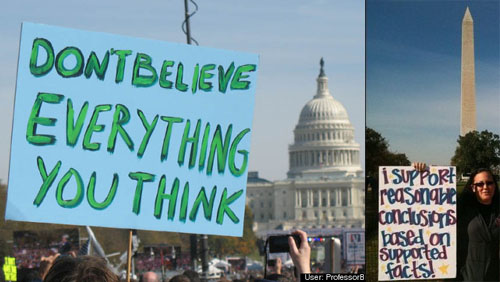Tyler W. “Social Media Identity: A Contextual Analysis — Does social media promote identity branding among young people?”
Abstract: The purpose of this research is to investigate the relationship between teenagers and their online identities. Social media has played a large aspect in the behavior and social structure of individuals in the Y and Z generations. Being known as the “tech-savvy” generation, social media has possibly influenced the formation of twisted self-identities among these technology educated teenagers. It seems as if more teenagers are using social media as an outlet for personal branding and self-promotion, and it is affecting the way their true identities are displayed and acknowledged by parents, sociologists, psychologists, educators, and most importantly their peers. What can we learn by analyzing young individuals interactions among social media and the effect it will have on their future social lifestyles? In my Contextual Analysis, I compared and contrasted how my sources represent those positions rhetorically and contextually, and I put sources into conversation with each other in order to take advantage of the powerful explanatory features of a contextual analysis.
Madison D. “How We Teach Sexual Education to Children: A Contextual Analysis”
Abstract: By using a social framework, this contextual analysis explains how we are teaching sexual education to children. The paper includes who cares about sexual education, how we are teaching sexual education to children in and out of an academic setting, age appropriate information, and looking at sexual education through different values lenses. Should we teach sexual education to children is not a debatable argument; how we are teaching sexual education to children, and the implications following certain ways of teaching, is the explored topic in this contextual analysis.
Margaret M. “Theories of Addiction: A Contextual Analysis”
Abstract: The concept of addiction is undeniably a reality, but what causes someone to become addicted, what defines an addict, and types of treatment have been widely disputed. The two major theories as to what causes addiction are the claim that addiction is a choice, and idea that it is a disease and/or a genetic disorder. While these are the most popular theories, there are other theories that look to spirituality, morals, and class divide as the cause. However, with each theory of addiction and each of its supporting evidence, evidence contradicting each claim accompanies it. Each person and their addictions are unique, making the hunt for one explanation of addiction difficult. This essay explores and compares different theories of addiction.
Sofia T. “Grief and Social Media”
Abstract: The purpose of my research is to identify the impact that social media has on grief, if it has any at all. I did this by reading and analyzing articles both from the popular press opinion sections and peer-‐reviewed journal articles. The findings are conflicting. The scholarly articles claim that social media facilitates natural grieving practices and acts as a place to share emotions and find a community. The opinions from the popular press, however, are that grief expressed online is ingenuine and performative. They also mention the issues of grief tourism and RIP trolling. One interesting outcome of this research is learning that grief is not just an isolated, individual activity; it is, in fact, a community experience.
From the academic journal Computers & Composition (June 2016):
Colton, Revisiting Digital Sampling Rhetorics with an Ethics of Care
Abstract
Rhetoric and composition studies have conceptualized and defined digital sampling as a method of composition in many ways and for various pedagogical purposes: from a means of free-play invention that is critical of more formalistic writing practices to a semiotic strategy rooted in African American rhetorical traditions designed to effect political change. The latter view is critical of the former in that the former does not account for student digital sampling projects that unquestioningly appropriate from other people and communities. This is a real pedagogical problem, but students can create unethical and hurtful digital sampling projects, no matter the assignment prompt. To supplement such free-play invention strategies and anticipate problematic student projects, this essay suggests to view digital sampling through a rhetorical ethics of care perspective and offers a pedagogical heuristic for ethical in(ter)vention through the concept of vulnerability. Considering digital sampling through a heuristic of vulnerability entails a questioning of all sampling practices as potential acts of wounding or caring in the hopes of helping students develop into more sophisticated rhetors capable of producing nuanced compositions and engaging with ethical issues of digital media.
Dadas, Messy Methods: Queer Methodological Approaches to Researching Social Media
Abstract
This article sketches out a queer methodological approach for ethically researching social media websites such as Facebook. Detailing my experiences researching marriage equality on Facebook, I argue that queer theory can help researchers negotiate the public/private continuum that figures so heavily into digital research. During my study, I turned to queer theory to help me with ethical quandaries regarding my relationship with participants, recruitment, and data collection. I detail how, on the one hand, I identified as queer to potential participants, in an effort at being up-front with them; on the other hand, I grew uneasy that some of my Facebook friends would be confused by the fact that I was joining homophobic Facebook groups for the purpose of my research, and I opened up an additional Facebook account as a result. Ultimately, I argue that a queer methodology enables an understanding of how the public/private continuum influences multiple parts of the research process; complicates accepted methodological practices in productive ways; provides a productive lens for exploring social media as a research method.
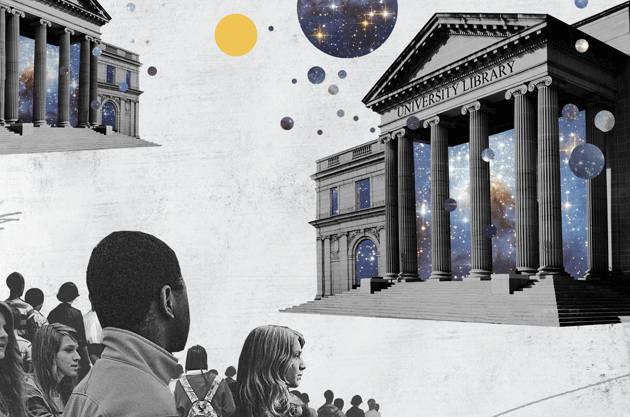









 of abundance. “For almost all of human history, almost everyone was a small-scale farmer. And then people were farmers and factory workers. Nobody gets very much fulfillment from either of those things,” says Jeffrey Arnett, a psychology professor at Clark University
of abundance. “For almost all of human history, almost everyone was a small-scale farmer. And then people were farmers and factory workers. Nobody gets very much fulfillment from either of those things,” says Jeffrey Arnett, a psychology professor at Clark University

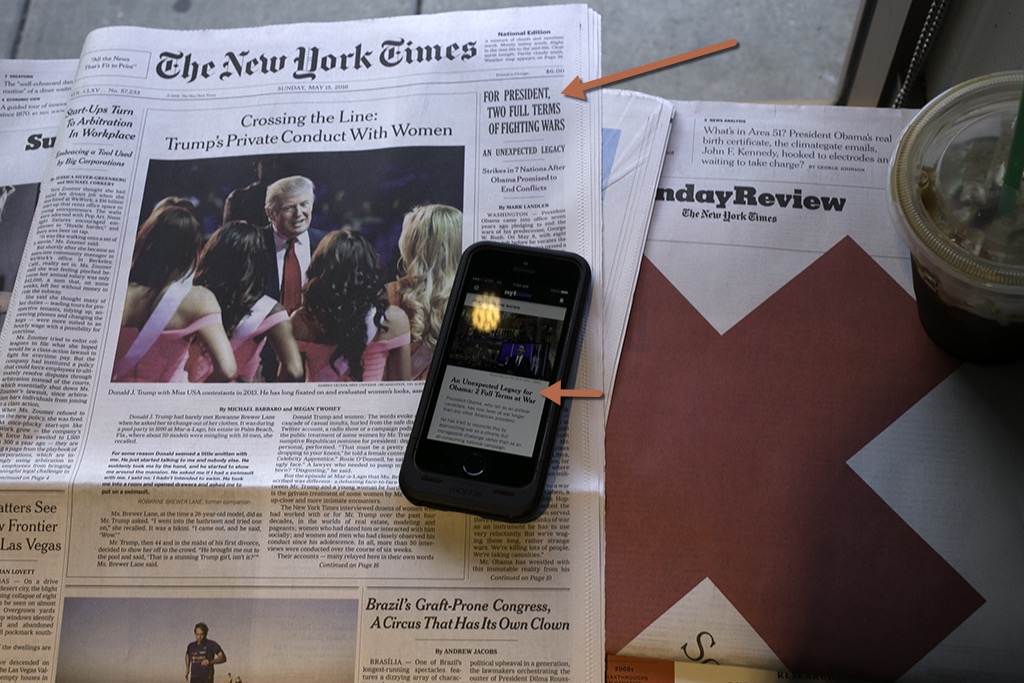
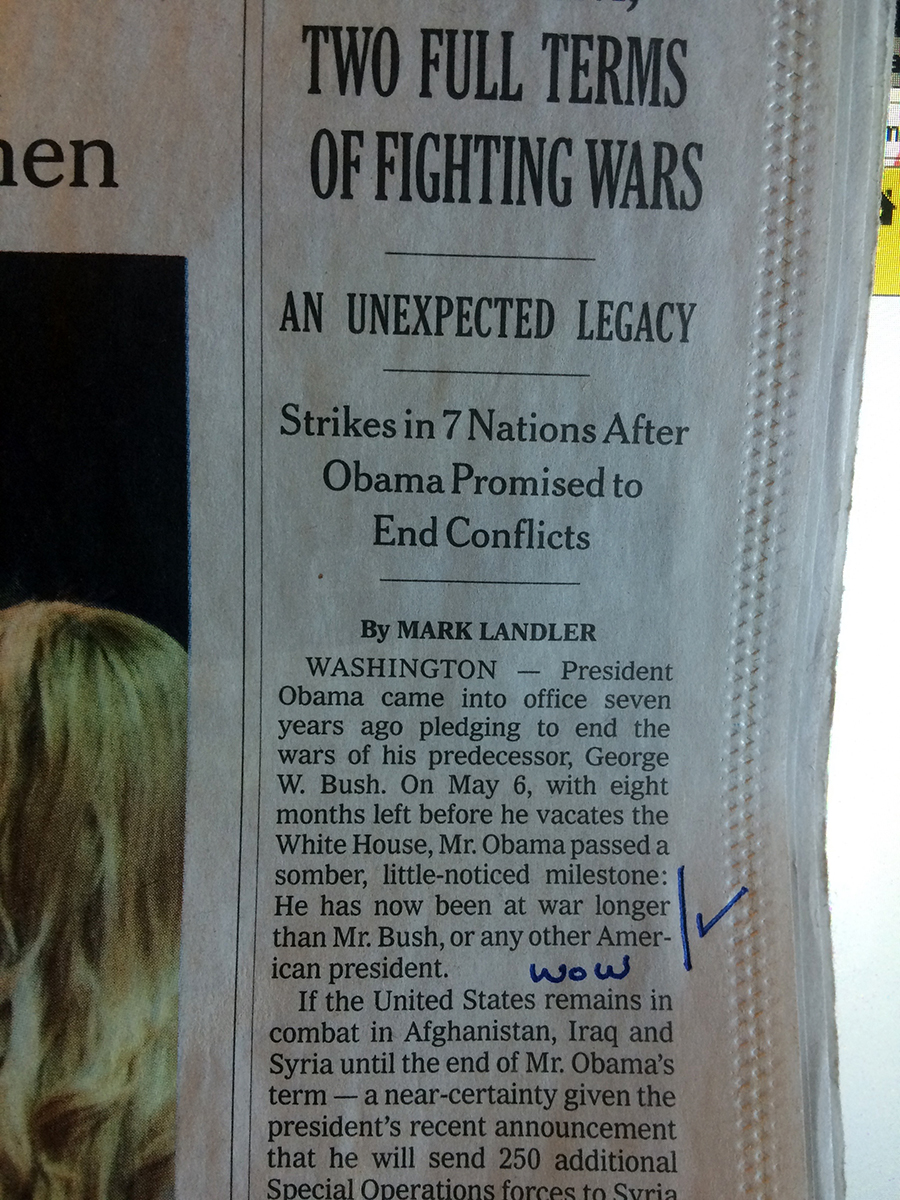

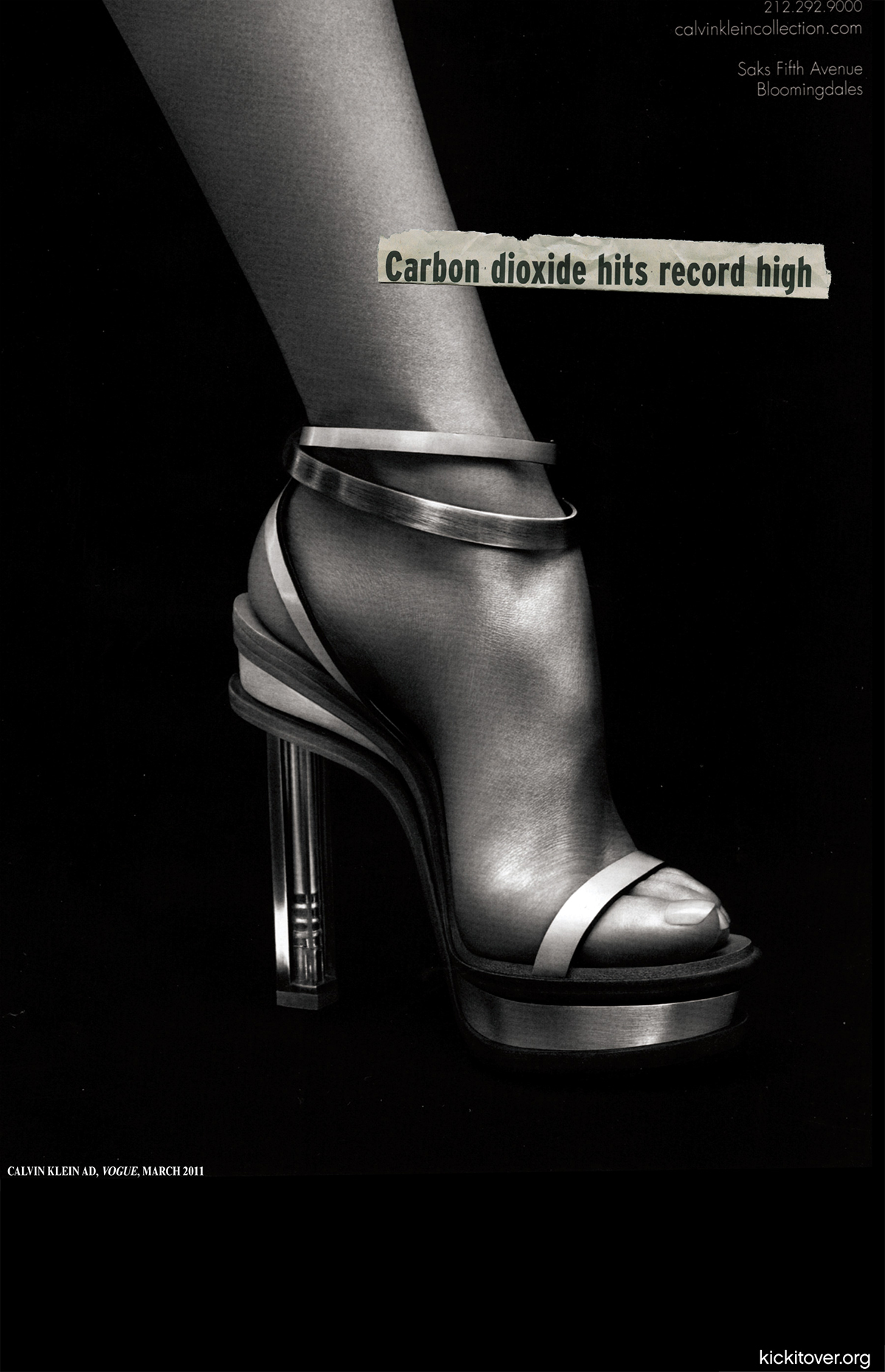


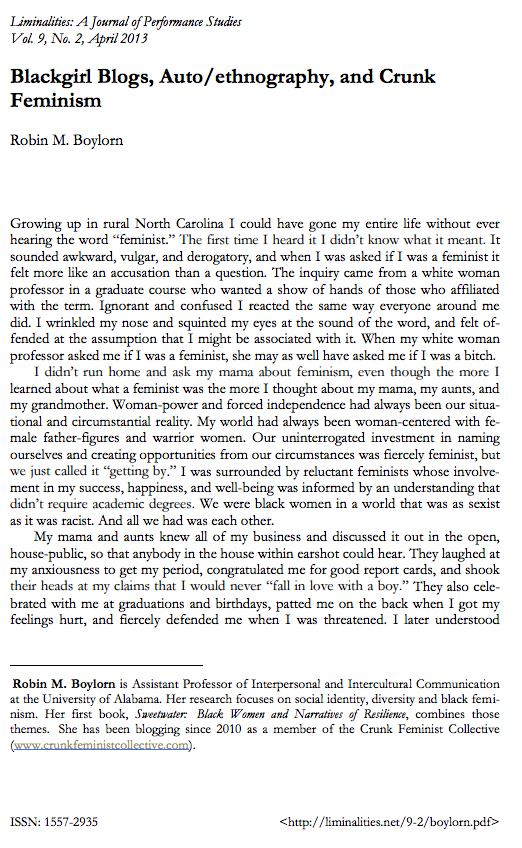
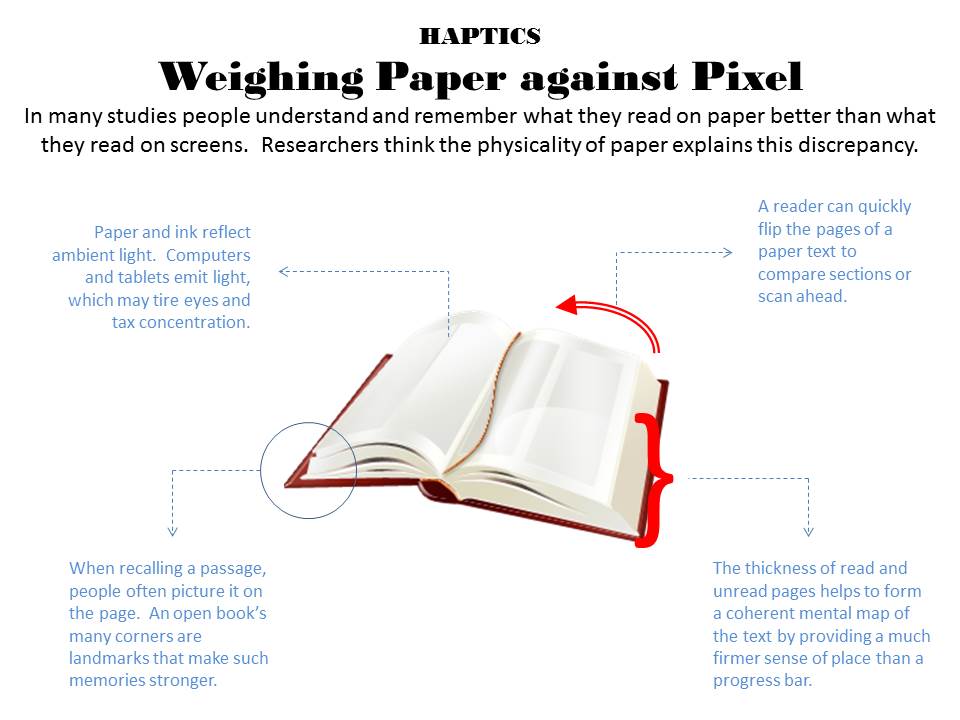
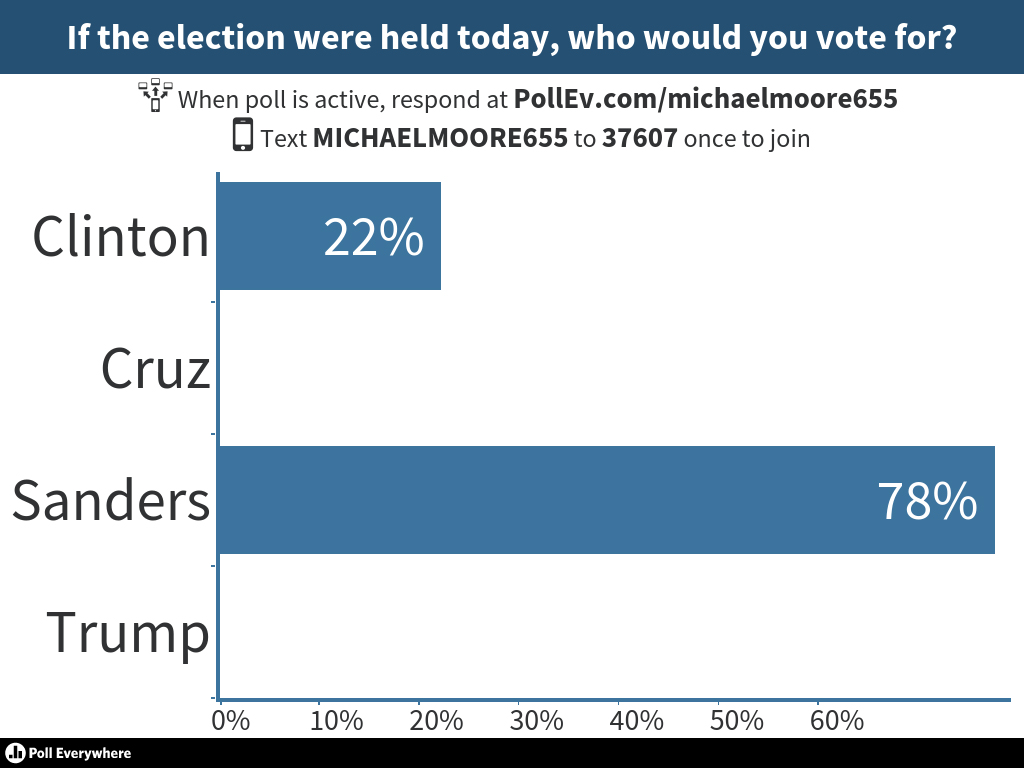





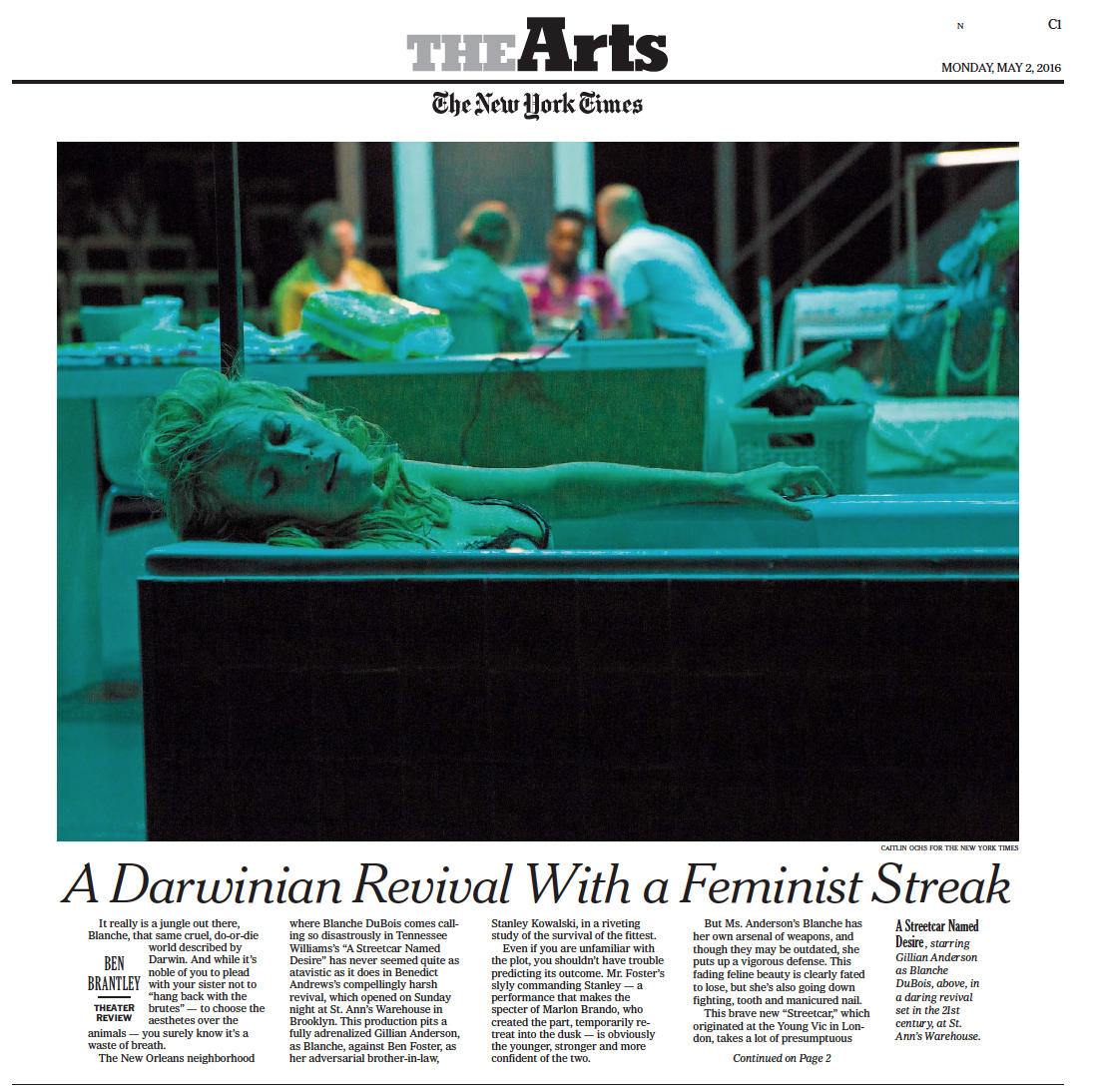
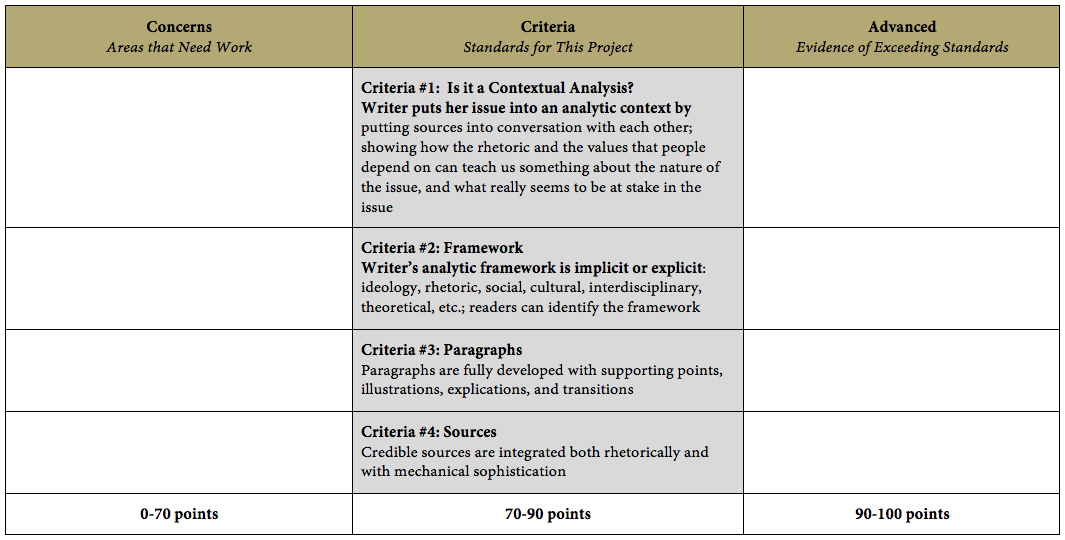
















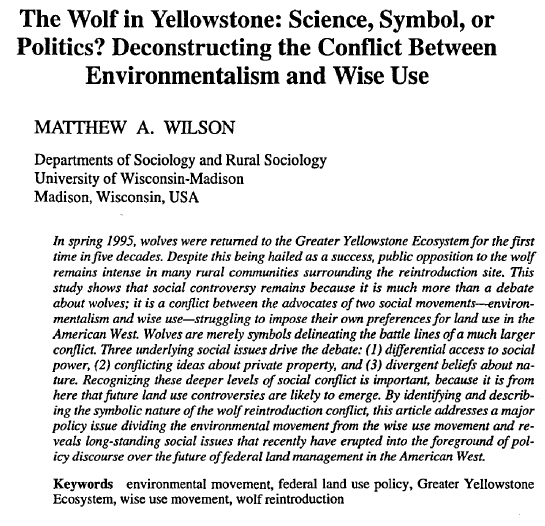




 Fisher, Mark.”Precarious Dystopias: The Hunger Games, in Time , and Never Let Me Go.” Film Quarterly. 65 (2012): 27-33. [
Fisher, Mark.”Precarious Dystopias: The Hunger Games, in Time , and Never Let Me Go.” Film Quarterly. 65 (2012): 27-33. [


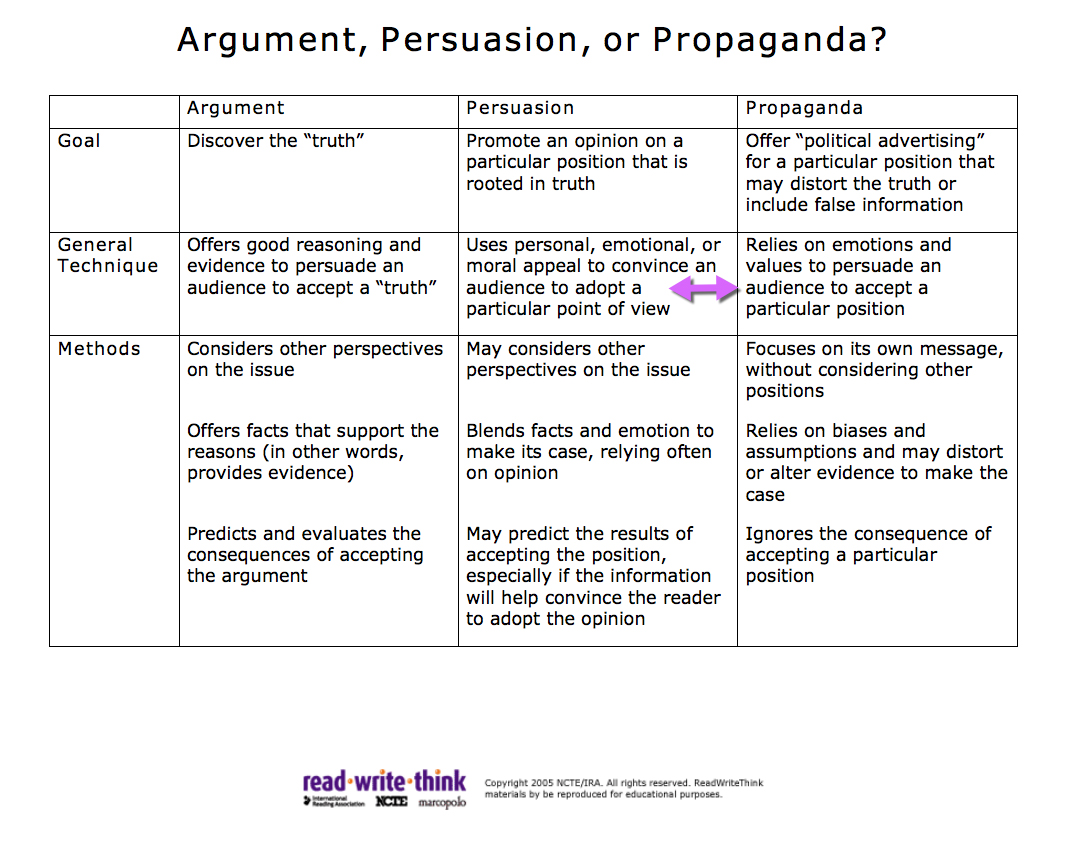



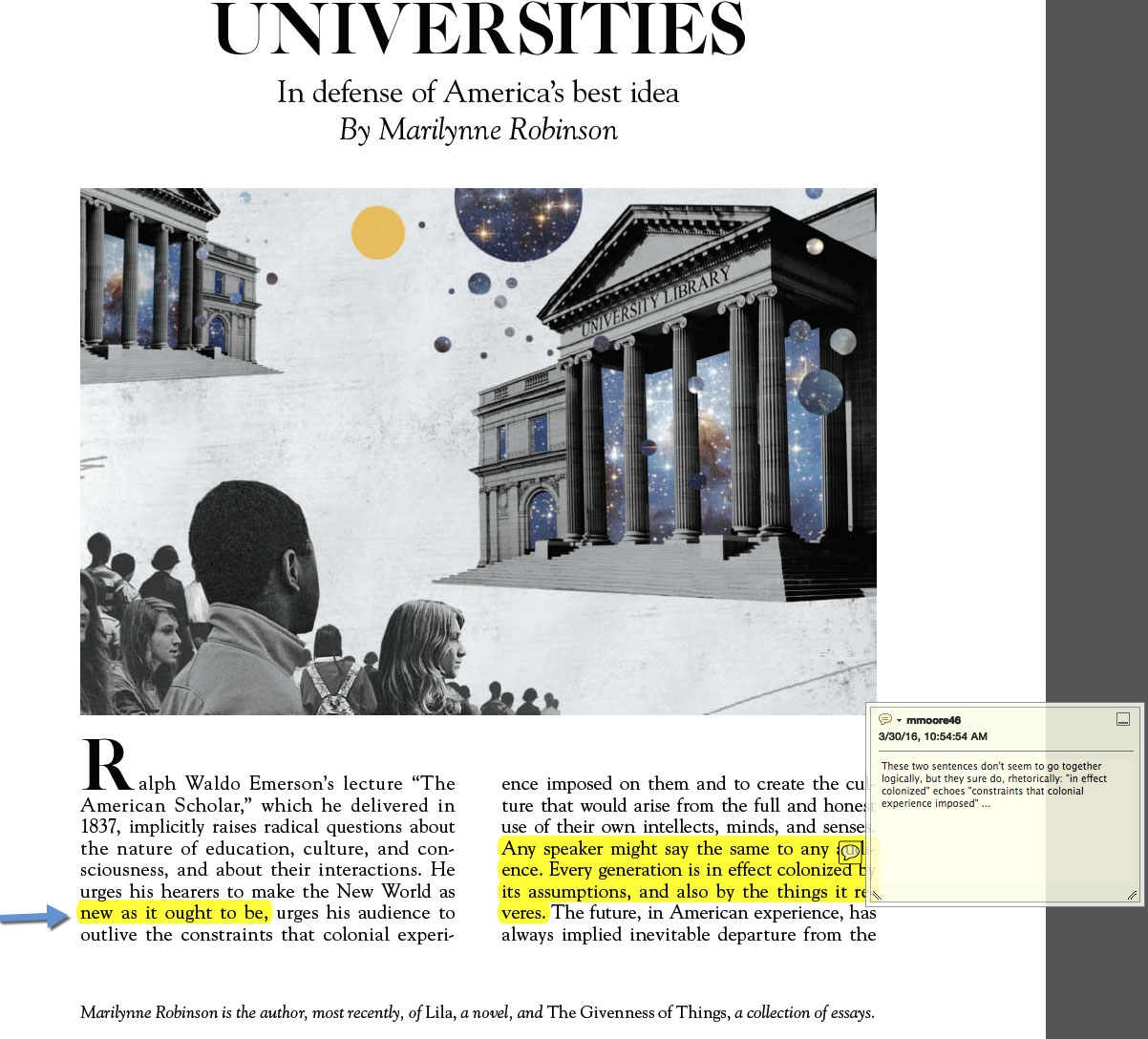
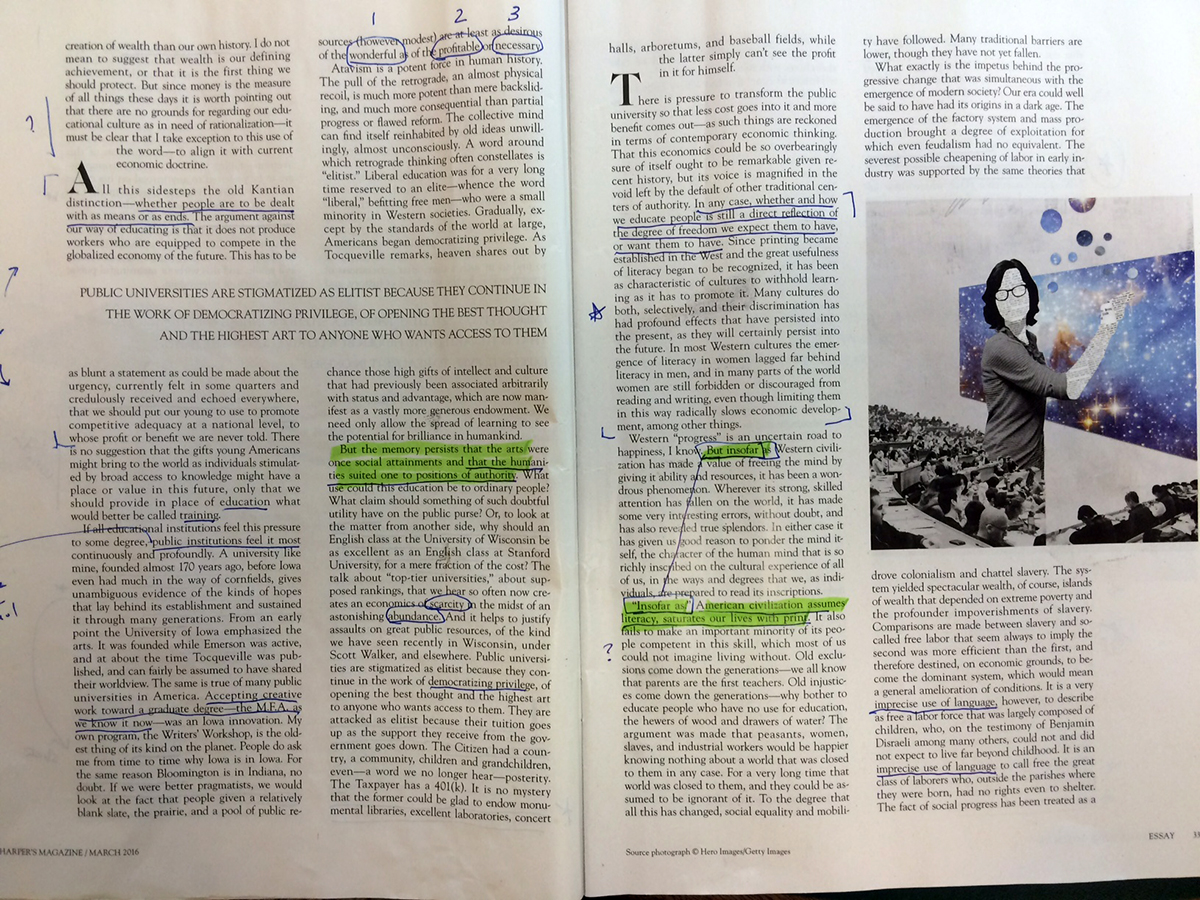

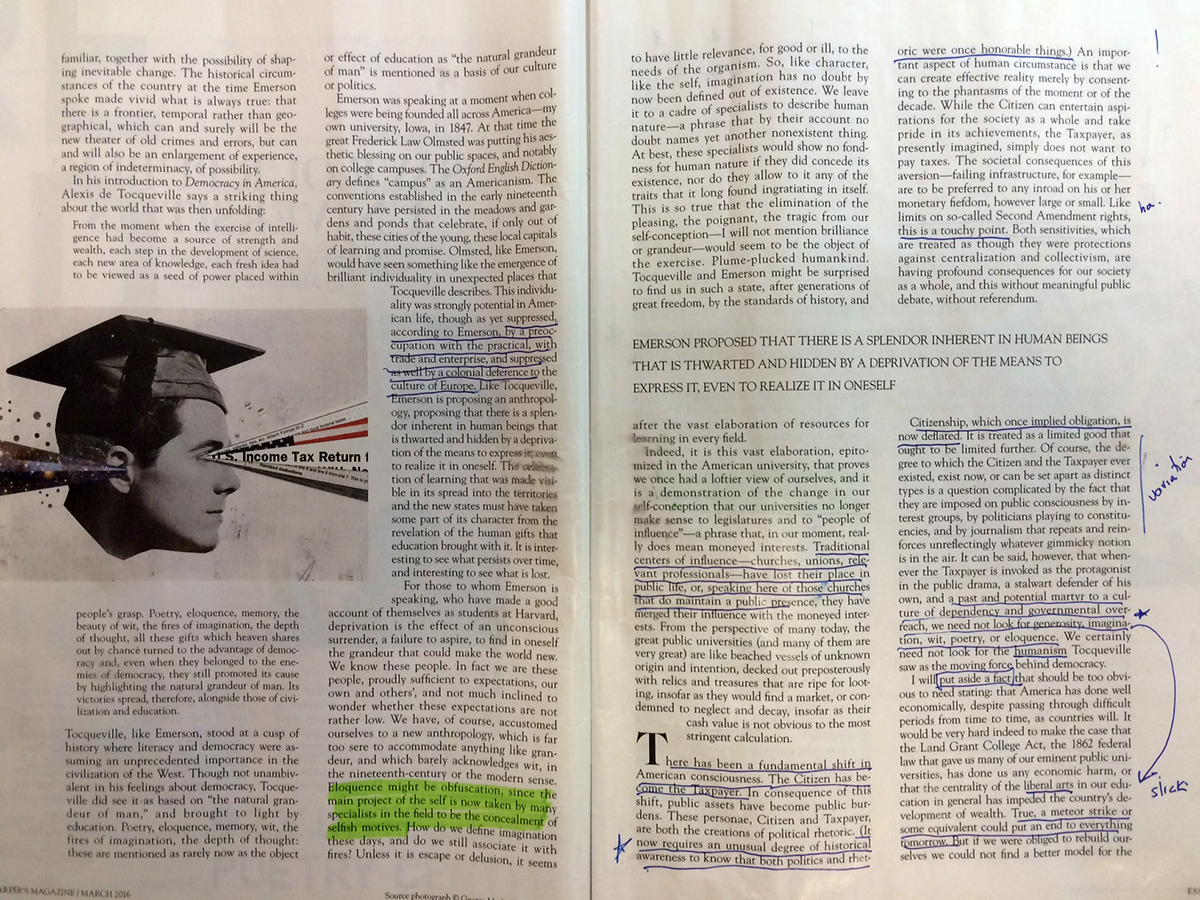
 Unclear writing, now as always, stems from unclear thinking–both of which ultimately have political and economic implications. A well cultivated critical thinker:
Unclear writing, now as always, stems from unclear thinking–both of which ultimately have political and economic implications. A well cultivated critical thinker: